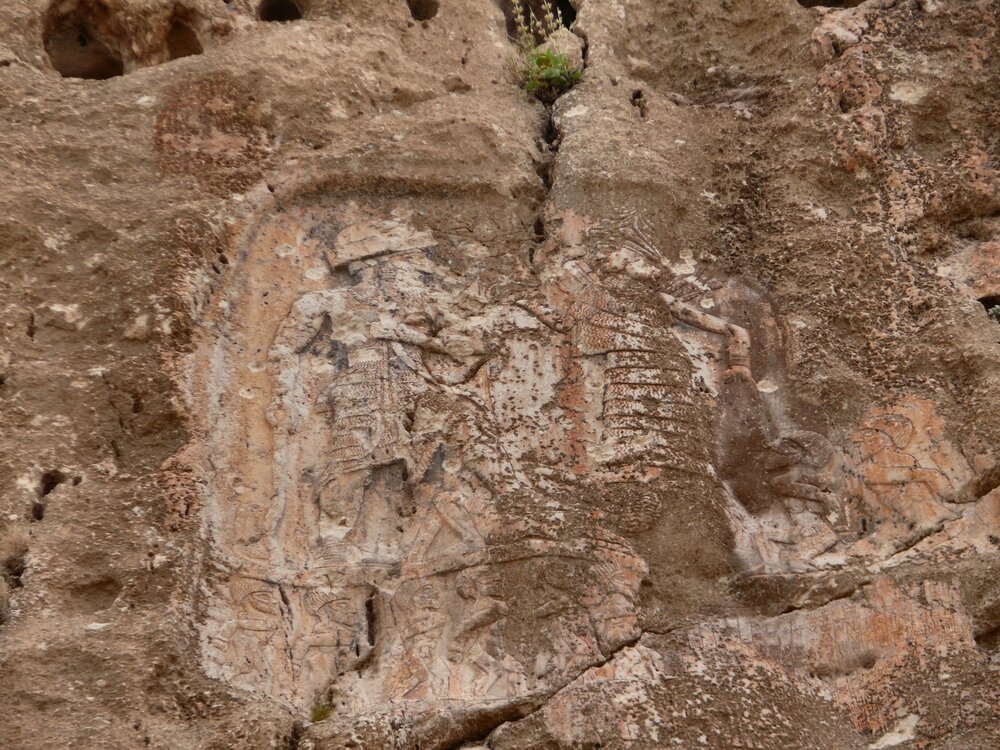Restoration works aim to prepare Sassanid sites for UNESCO tag

TEHRAN – The cultural heritage directorate of Kermanshah has ratified restoration projects for five Sassanid-era sites located in the western Iranian province.
“Five Sassanid-era sites in Kermanshah will undergo restoration projects as part of a long-term plan, which seeks to have them registered on UNESCO World Heritage list,” a provincial tourism official announced on Saturday.
Kermanshah was founded in the 4th century CE by Bahram IV of the Sasanian dynasty (224 CE–651), which is of very high importance in the history of Iran. Under Sassanids, Persian art and architecture experienced a general renaissance. Architecture often took grandiose proportions such as palaces at Ctesiphon, Firuzabad, and Sarvestan that are amongst highlights of the ensemble.
Crafts such as metalwork and gem-engraving grew highly sophisticated, yet scholarship was encouraged by the state. In those years, works from both the East and West were translated into Pahlavi, the language of the Sassanians.
Rock-carved sculptures and bas-reliefs on abrupt limestone cliffs are widely deemed as characteristics and striking relics of the Sassanian art, top examples of which can be traced at Bishapur, Naqsh-e Rostam, and Naqsh-e Rajab in southern Iran.
In 2018, UNESCO added an ensemble of Sassanian historical cities in southern Iran -- titled “Sassanid Archaeological Landscape of Fars Region” -- to its World Heritage list.
AFM/

Leave a Comment